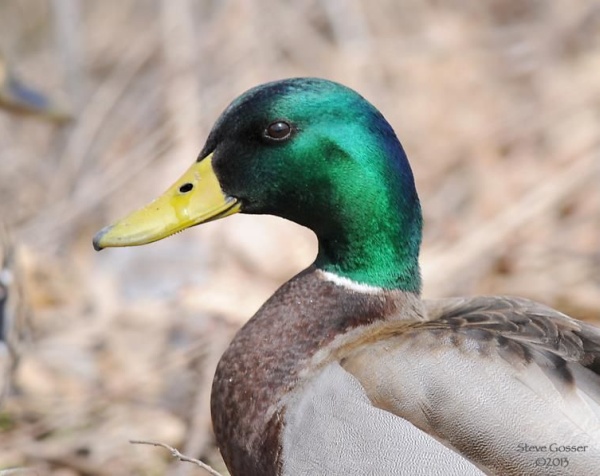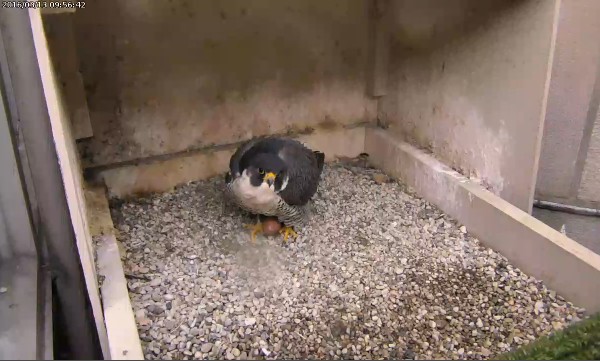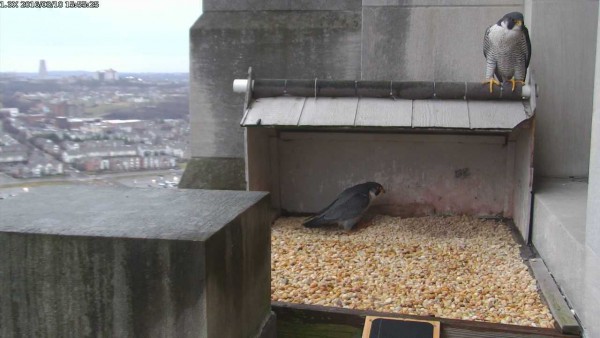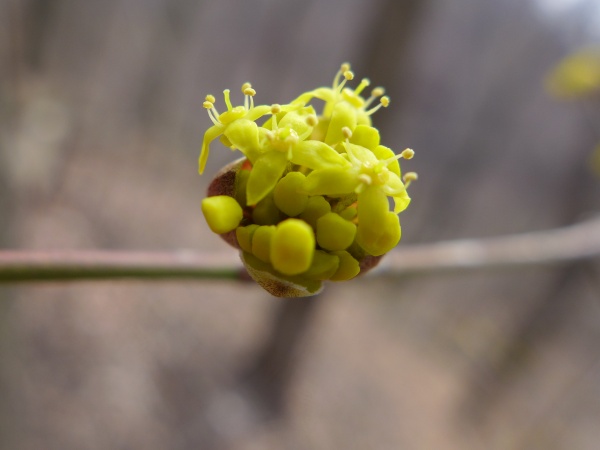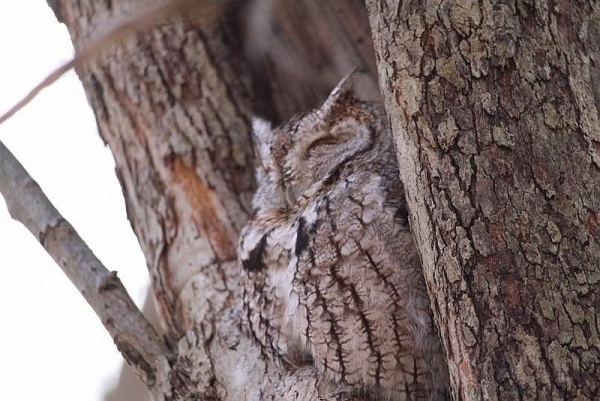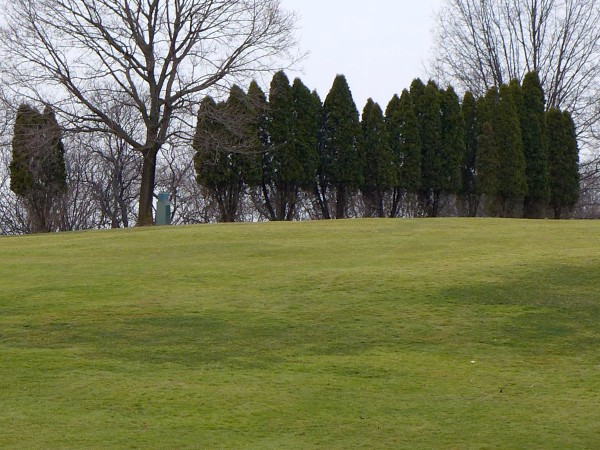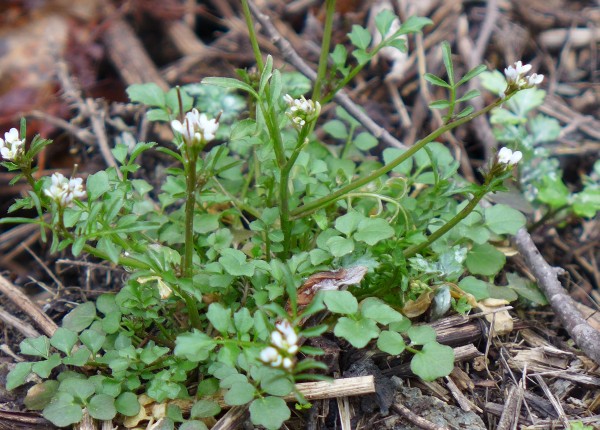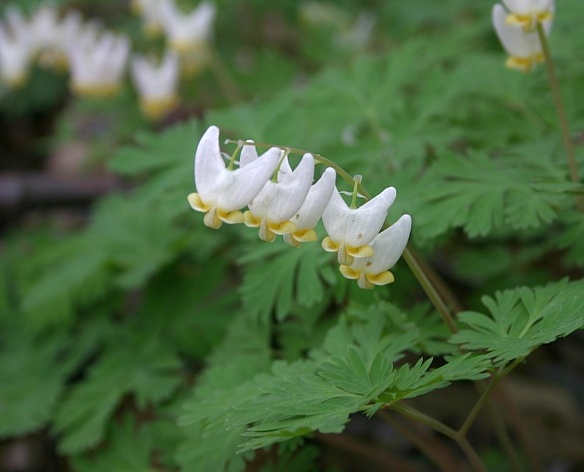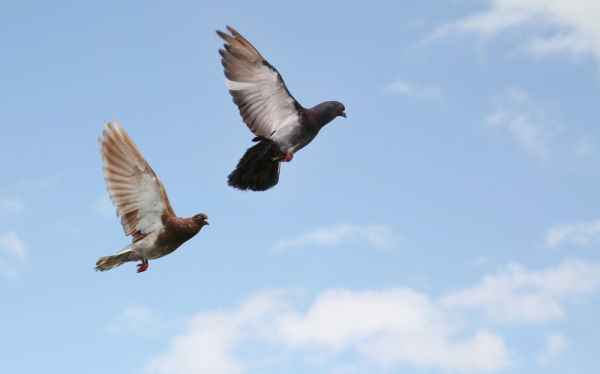Mallards (Anas platyrhynchos) are common ducks in the northern hemisphere so their courtship behavior is easy to observe. Here are tips on what you’ll see in March as they prepare for nesting next month.
Did you know that mallards are already paired up by now? They start forming pair bonds in September and most have a mate by the end of the year. This leaves some unattached bachelors however because their sex ratio is usually skewed — 1.33 males for every female.
Now that they’re paired up they get down to the serious business of making baby mallards. The video above shows several characteristic moves and sounds of a paired couple:
- Head bobbing: a pre-copulatory action that gets them in tune with each other.
- Inciting: The female (all brown) incites the male by dipping her bill in the water over her shoulder.
- Leading: He turns back his head, then swims away from her to lead her away from the crowd; she follows.
- Vocalizations: He whistles. She quacks loudly (only the females make the loud quacking sound).
The excitement went out of the pair shown above, but the video below shows head bobbing and copulation. Notice that the male always grabs the female by the back of the neck as he mounts her. After mating the pair bridles (rears up) and steams (swims with head low). Sometimes the male turns back his head and leads again.
Mallards are monogamous but Cornell Lab’s Birds of North America says that “paired males actively pursue forced extra pair copulations” — a polite name for what looks like gang rape. Knowing this, the paired males stay close to their females to protect them during the egg laying period.
After egg laying their match falls apart. Male mallards desert their mates during incubation and won’t pair up again until autumn. They can afford to do this because the females incubate alone and the ducklings are precocious.
So it’s only once a year that wild mallards make ducklings.
(videos from YouTube. Click on the YouTube links to see the originals)
